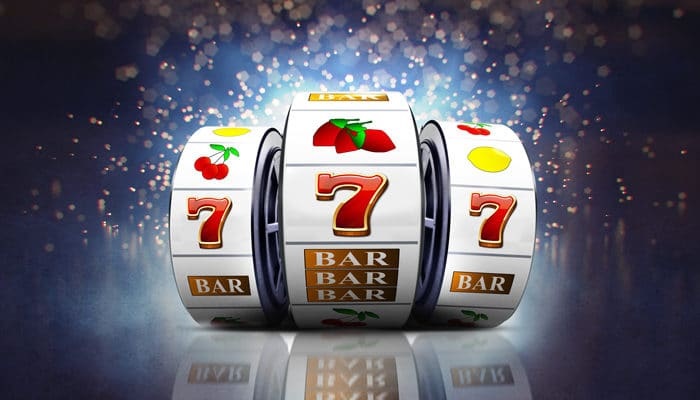Digital gaming continues evolving beyond conventional designs as developers seek fresh approaches to maintaining core appeal while introducing innovative gameplay elements. Among these innovations, grid-based formats fundamentally reimagine how winning combinations form and interact during play sessions.
Standard reel structure limitations
Traditional slot designs followed predictable structural patterns established during mechanical eras. Vertical reels spin independently, stopping to reveal horizontal symbol arrangements across predefined paylines. This familiar approach dominated physical and digital implementations for decades, creating standard expectations for how these games function.
While effective and nostalgic, this approach imposes inherent limitations on potential gameplay variations. Fixed reel positions restrict possible symbol arrangements, while standard left-to-right evaluation systems create predictable assessment patterns throughout gaming sessions.
Developers within these constraints primarily focused on thematic variations and feature implementations rather than structural innovations. While these efforts created diverse gaming libraries, core mechanical foundations remained unchanged across titles using traditional frameworks.
Grid layout foundations
Grid-based alternatives replace standard spinning reels with block arrangements where symbols appear simultaneously across play areas. These formats typically present square or rectangular grids ranging from 5×5 to 8×8 spaces, creating expansive symbol arrangements impossible within traditional column limitations. This structural shift eliminates spinning motions associated with conventional slots, replacing them with alternative reveal mechanics. Common implementations include:
- Dropping/falling symbols filling grids from top to bottom
- Exploding elements revealing spaces filled by adjacent positions
- Cascading arrangements where winning symbols disappear, allowing new ones to fill vacated spaces
These presentation approaches create distinctly different visual experiences while maintaining fundamental matching principles driving slot popularity. Players still seek matching symbols, but assessment patterns shift from horizontal scanning to identifying clusters or groups across dimensional spaces.
Feature integration approaches
Grid formats naturally accommodate innovative feature implementations impossible within traditional frameworks. Without fixed reel positions limiting interaction patterns, developers implement dynamic features designed explicitly for dimensional environments.
Symbol transformation mechanics become exceptionally effective, with single positions potentially affecting multiple adjacent spaces simultaneously. These spreading effects create dynamic visual sequences where initial activations trigger chain reactions across play areas, potentially transforming entire grid sections through single initial placements.
Marker collection systems work effectively within grid environments, with specific positions or symbols contributing to progress meters activating enhanced features. This approach creates engagement beyond immediate win assessment, with players tracking progress across sessions toward significant feature activations.
Visual space advantages
- Expanded visual canvas provided by grid arrangements allows more detailed symbol design and animation possibilities. Without tight spacing constraints imposed by traditional reel windows, symbols receive enhanced detail levels impossible within conventional size limitations.
- This expanded space benefits thematic implementation, allowing more complex visual storytelling through detailed character designs and environment elements. Players experience richer thematic immersion through these enhanced visual presentations, creating stronger connections between narrative elements and gameplay experiences.
- Animation sequences benefit from expanded spatial freedom, with winning celebrations and feature activations utilizing dimensional movements impossible within column constraints. These dynamic visual presentations maintain engagement independently from mathematical outcomes, creating satisfying sensory experiences even during non-winning sequences.
Grid-based implementations represent genuine innovation rather than an incremental improvement upon established formats. By fundamentally rethinking structural foundations, these alternatives create distinctive experiences while maintaining sufficient familiarity, ensuring accessibility for mpo888 enthusiasts seeking fresh gaming approaches.

